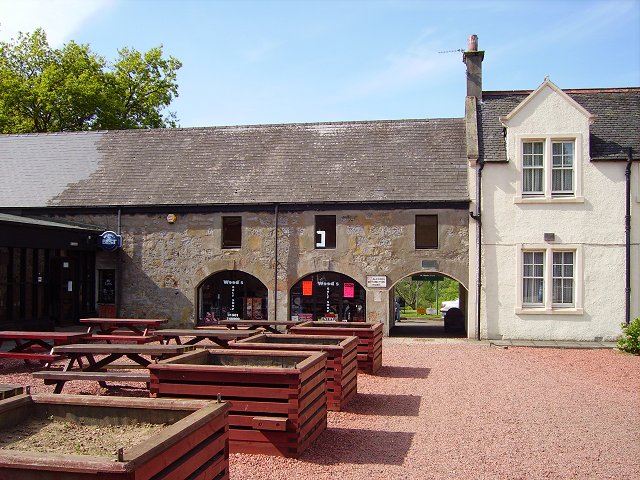Polkemmet Moor
Wood, Forest in West Lothian
Scotland
Polkemmet Moor
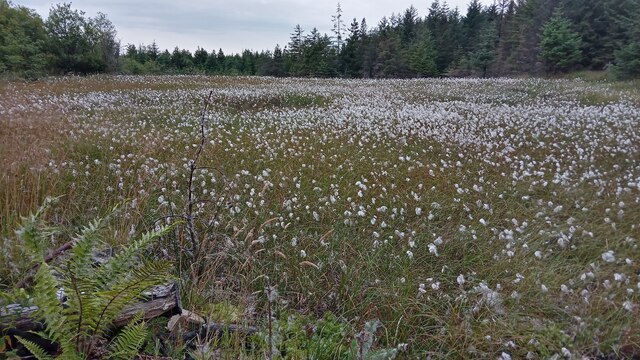
Polkemmet Moor is a picturesque woodland and moorland located in West Lothian, Scotland. Stretching across an area of approximately 500 hectares, it is a popular destination for nature enthusiasts, walkers, and families looking to escape the hustle and bustle of city life.
The moorland is characterized by its undulating landscape, consisting of heather-covered hills, open grasslands, and scattered patches of trees. Its unique blend of habitats makes it an important site for biodiversity, supporting a wide range of plant and animal species. Visitors can spot various bird species, including buzzards, kestrels, and skylarks, as well as mammals such as red deer, hares, and rabbits.
The woodland within Polkemmet Moor is predominantly made up of native species, including oak, birch, and rowan. The trees provide a tranquil setting, with well-maintained paths meandering through the forest, allowing visitors to explore the area at their leisure. There are also picnic areas and benches strategically placed throughout the woodland, offering visitors the chance to relax and enjoy the peaceful surroundings.
In addition to its natural beauty, Polkemmet Moor offers a range of recreational activities. There is a golf course within the moor, attracting golfers of all skill levels. The area also has a children's play area, a visitor center, and a café, providing facilities for all visitors.
Overall, Polkemmet Moor is a stunning natural landscape, offering a diverse range of habitats and recreational opportunities. Whether you are seeking a peaceful walk in the woods, a round of golf, or simply a place to connect with nature, Polkemmet Moor has something to offer everyone.
If you have any feedback on the listing, please let us know in the comments section below.
Polkemmet Moor Images
Images are sourced within 2km of 55.847265/-3.7244864 or Grid Reference NS9262. Thanks to Geograph Open Source API. All images are credited.


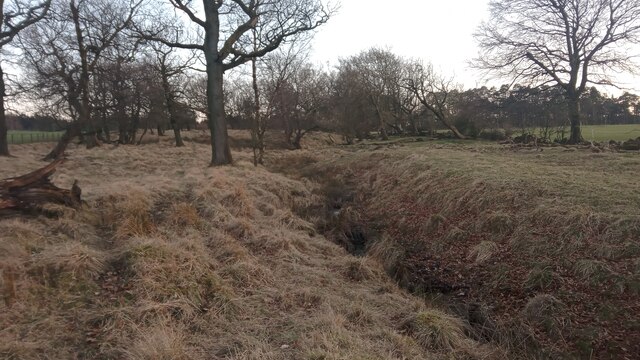
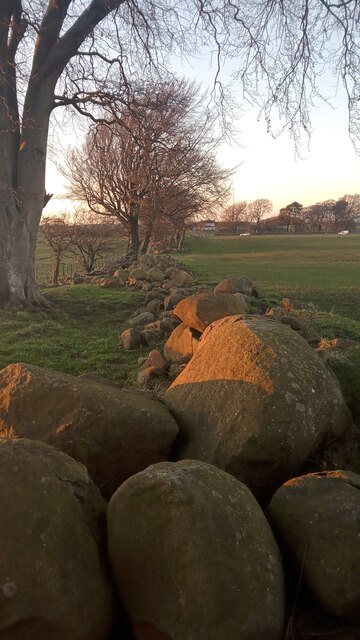


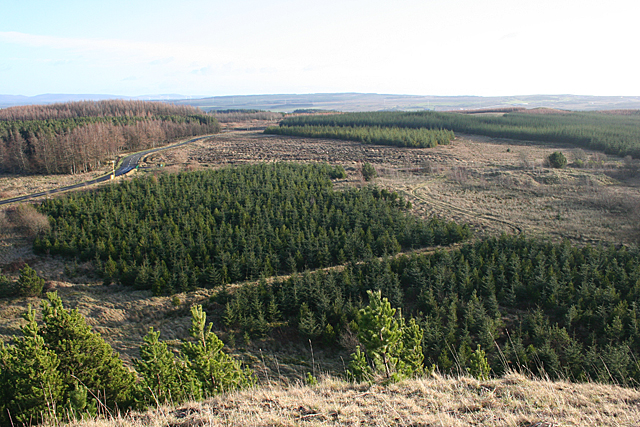

Polkemmet Moor is located at Grid Ref: NS9262 (Lat: 55.847265, Lng: -3.7244864)
Unitary Authority: West Lothian
Police Authority: The Lothians and Scottish Borders
What 3 Words
///reshaping.growth.puncture. Near Harthill, North Lanarkshire
Nearby Locations
Related Wikis
Greenrigg
Greenrigg is a small village that lies in the west of West Lothian, Scotland. Greenrigg is within walking distance to shops in the bordering village of...
Harthill Royal F.C.
Harthill Royal Football Club are a Scottish football club based in the Greenrigg area of Harthill, West Lothian. Previously an amateur side called Harthill...
Fauldhouse United F.C.
Fauldhouse United Football Club are a Scottish football club based at Park View in Fauldhouse, West Lothian. The club won the Scottish Junior Cup in 1946...
Polkemmet Country Park
Polkemmet Country Park is located 2 kilometres (1.2 mi) west of the town of Whitburn in West Lothian, Scotland and east of the village of Greenrigg. It...
Nearby Amenities
Located within 500m of 55.847265,-3.7244864Have you been to Polkemmet Moor?
Leave your review of Polkemmet Moor below (or comments, questions and feedback).












